Cytosol is the liquid part of the content of a human cell and thus part of the cytoplasm. The cytosol consists of about 80% water, the remaining part is divided into proteins, lipids, nucleotides, sugars and ions. They serve important metabolic processes that take place in the aqueous to viscous cytosol.
What is cytosol?
The liquid to gel-like component of all eukaryotic cells is called the cytosol and is thus part of the cytoplasm, the total content of the cells. Cytosol has an approx. 80 percent water content with a large number of different dissolved substances such as proteins, minerals, cations, anions, sugars, enzymes, vitamins, hormones and many other molecules and compounds that are required for intermediate metabolic processes.
Other substances, which are also required for the intermediate metabolism but are not soluble in water, are located in organelles or special vesicles, in tiny vesicles that are surrounded by a membrane. The vacuoles form compartments similar to the vesicles but much larger. They play an important role in phagocytosis, the inclusion of foreign substances or foreign organisms and the temporary inclusion of secretions. The cytosol is traversed by a dense and constantly changing network, the cytoskeleton. It consists of actin filaments, intermediate filaments, and microtubules.
The cytoskeleton is used for the mechanical internal and external stabilization of the cell, but also interacts with the cytosol. Many metabolic processes in the cytosol such as the synthesis and breakdown of amino acids, the formation of polypeptides as a precursor to the production of proteins, glycolytic processes and much more, only work in the cooperation of certain components of the cytoskeleton with the cytosol and in exchange with the enclosed organelles and vesicles.
Function, effect & tasks
A large number of enzymatically controlled metabolic processes run in parallel in the cytosol, some of which are incompatible with one another. The evolution of multicellular organisms (eukaryotes) has therefore created the possibility of demarcating tiny areas within the cytosol using membranes, so-called cell compartments.
Due to the formation of separated organelles, vesicles, vacuoles and other cell compartments, degrading and regenerating enzymes in the same cell can be involved in opposite metabolic processes in parallel. One of the main functions of the cytosol is to exchange substances in cooperation with parts of the cytoskeleton and the compartments, i.e. to release required substances and to absorb other substances that are not or no longer required in order to recycle them or forward them for disposal. Another important task of the cytosol is, in cooperation with the cytoskeleton, especially with the microtubules, to take over and organize transports within the cell.
In order to cope with the various transport tasks, the cytosol can change its viscosity very quickly from aqueous to gel-like and vice versa. The multitude of biochemical conversions catalytically controlled by enzymes, vitamins and hormones also include oxidation and reduction processes, so-called redox reactions, which not only take place in the mitochondria. Mitochondria are cell organelles with their own RNA that play a major role via the so-called respiratory chain, in which, among other things, redox reactions between adenosine triphosphate (ATP) and adenosine diphosphate (ADP). Cells that are very hungry for energy because of their tasks can contain several thousand mitochondria.
The cytosol not only holds the molecules and compounds required to enable the corresponding synthesis or degradation processes, but part of the genetic translation processes also takes place within the cytosol. So-called messenger RNA, copies of the complementary nucleic acid sequences of the RNA, are converted in the cytosol into the synthesis of precursors of proteins (peptides and polypeptides), i.e. into a corresponding sequence of amino acids.
Education, occurrence, properties & optimal values
Cytosol, the liquid part of the cytoplasm, is already formed during cell division. Its composition is controlled hormonally and enzymatically via intercellular and extracellular exchange of substances. The cytosol has a different composition depending on the cell type and the situation and, as already mentioned, can vary in viscosity in rapid succession from liquid to gel-like and vice versa.
Hydrophobic compounds required by the cell that cannot be dissolved in the aqueous cytosol are stored in mobile vesicles or vacuoles and transported to the place where they are needed. There is also an exchange of substances with the cell nucleus, which is separated from the cytosol by a double membrane, which normally takes place via the nuclear pores in the cell membrane. Optimal values or parameters of the cytosol cannot be given due to the different composition depending on the cell type and situation.
Diseases & Disorders
The abundance of tasks and functions that components of the cytoplasm - including the cytosol - fulfill, suggests that metabolic processes can be disrupted or completely switched off through the effects of toxins or diseases, with slight to serious consequences for the entire organism.
In particular, the exchange of substances between the mitochondria and the cytosol can be disturbed. Many different causes of mitochondrial disease are known, a few of which can also be genetic. Usually the energy supply of the cells is insufficient, which leads to symptoms such as muscle weakness and general states of exhaustion. If there are deficiency symptoms or deficiency syndromes, it is usually not a disturbed metabolism in the cytosol that is the cause of the problem, but an inadequate supply.
A well-known, albeit rare, genetic disease is Brody's myopathy. The genetic defect leads to a reduced activity of a Ca2 + -ATPase in the skeletal muscles, so that there is an accumulation of Ca2 + ions in the cytosol. This means that the skeletal muscles can only relax after a contraction with a delay.

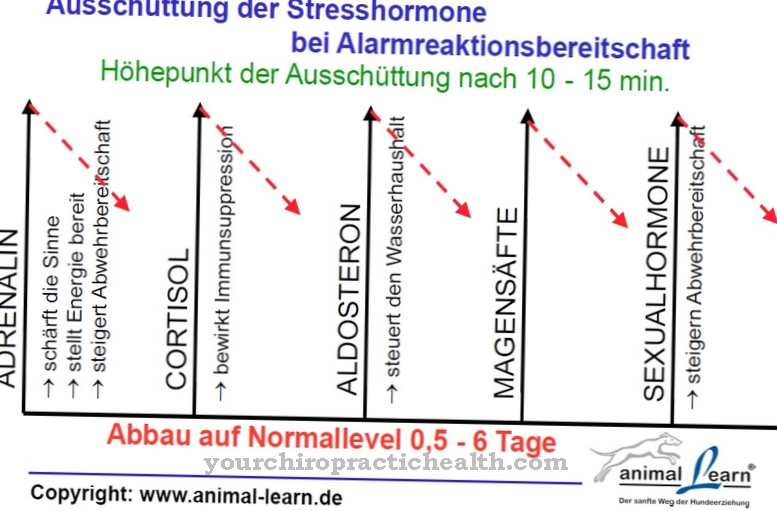
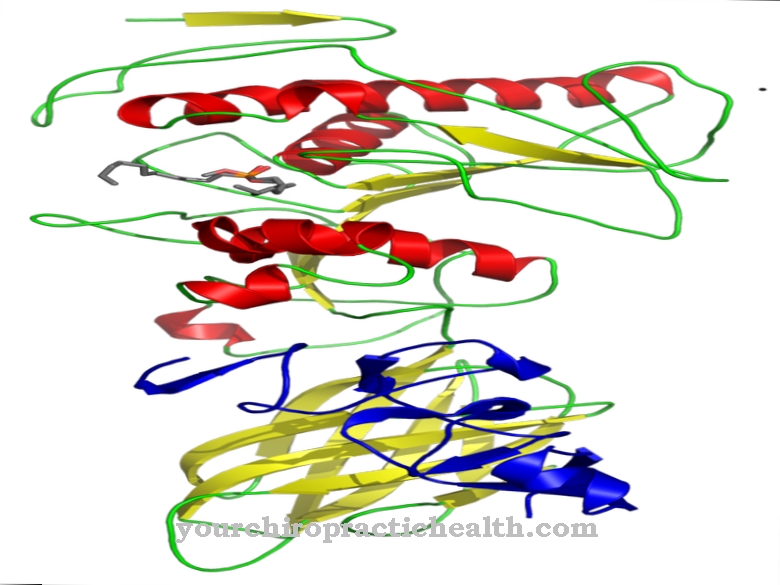
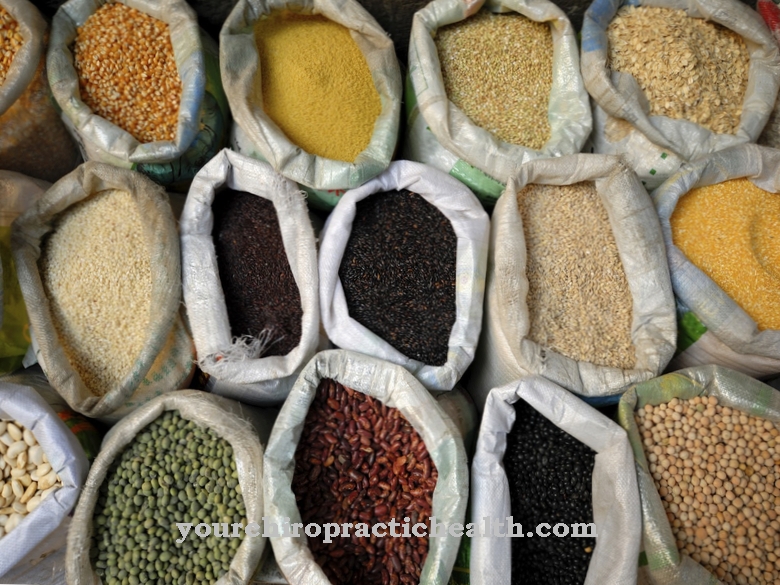
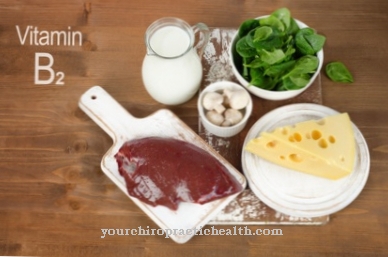
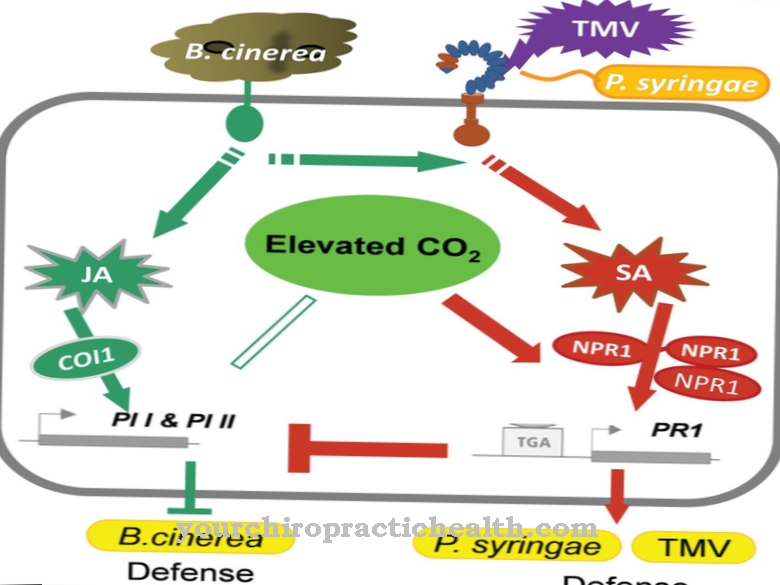
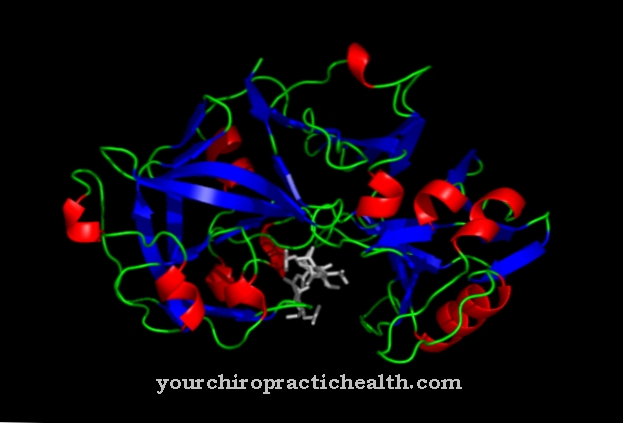


















.jpg)


